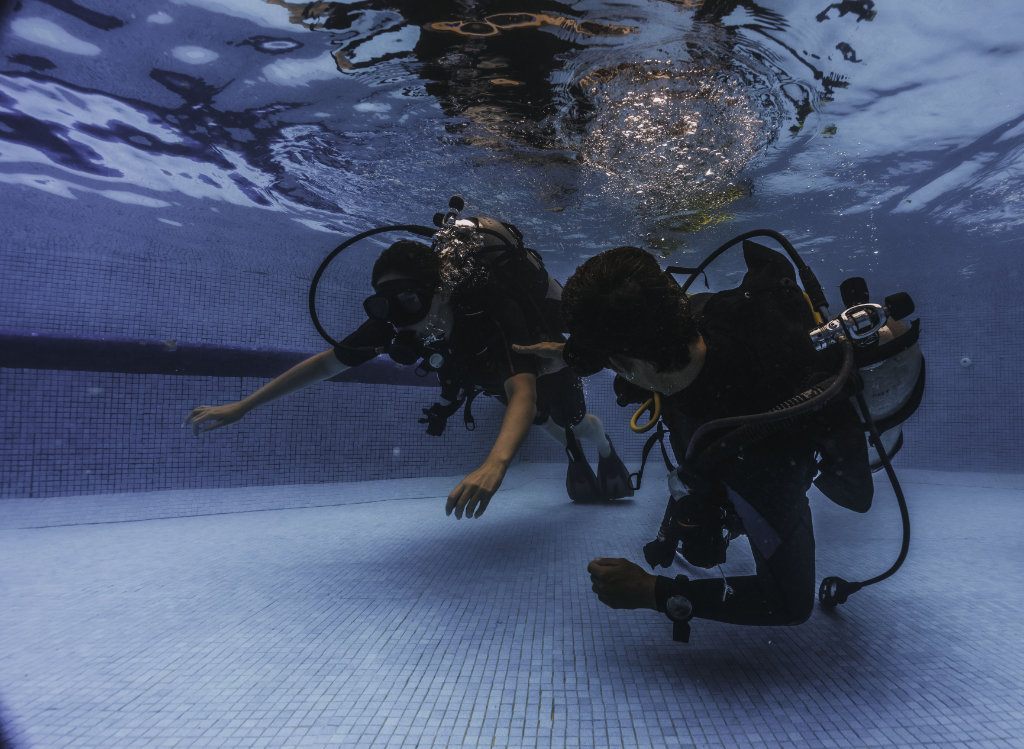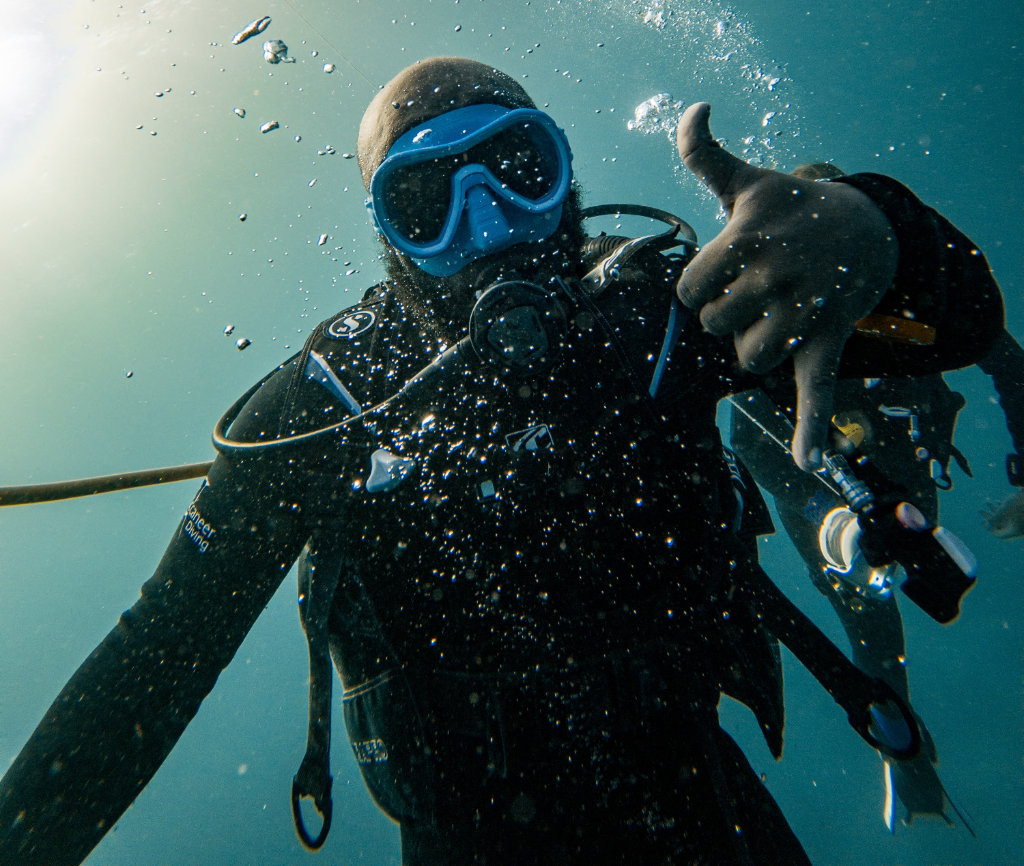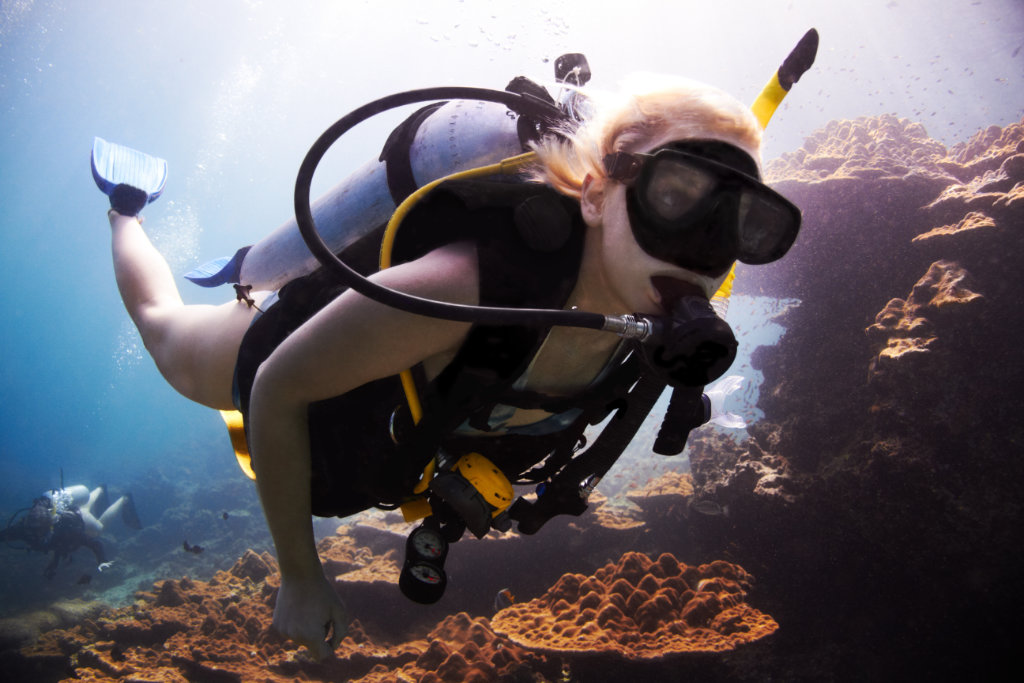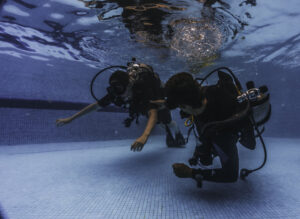Do you dream of exploring the mysteries of the deep? Do you love the idea of discovering hidden treasures and witnessing breathtaking marine life up close and personal? If so, a scuba dry suit might just be the perfect piece of equipment to accompany you on your underwater adventures.
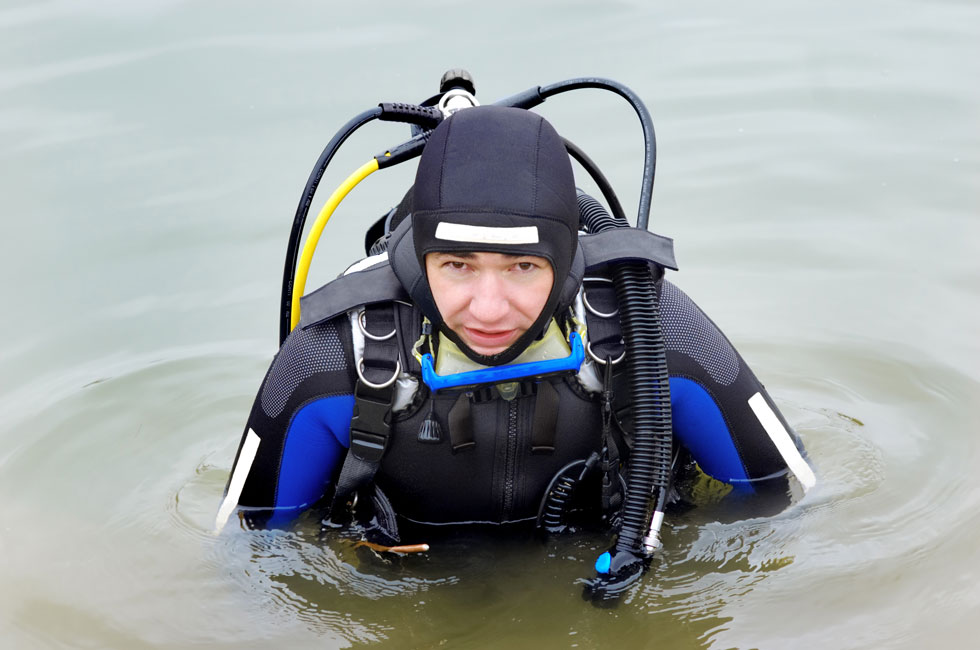
In this article, we will discuss what a scuba dry suit is, the advantages of using one, the types of scuba dry suits available, and how to choose the right one for you. So, get ready to dive in and explore the depths of the ocean with a scuba dry suit!
Get the latest articles in your inbox fresh and ready to read …
Get the Scubly "All Access Pass"
All Access Pass members enjoy unlimited access to entire articles – 100% FREE
By signing up you agree to our Terms of Service and Privacy Policy. You also agree to receive our newsletters (you can easily and quickly opt-out at any time).
You will receive free access to all of our articles while you are a member of the site.
Scuba Dry Suit: An Overview
A scuba dry suit is a specialized piece of diving gear that is designed to keep you completely dry while you’re submerged underwater.
Unlike a traditional wetsuit, which allows a thin layer of water to enter the suit and warm up against your body, a scuba dry suit provides a water-tight seal, keeping the chilly ocean water out and allowing you to stay warm and dry throughout your dive.
Advantages of Using a Scuba Dry Suit for Ocean Exploration
There are several advantages to using a scuba dry suit during your underwater escapades. These include:
1. Improved thermal protection: A scuba dry suit helps you maintain a more consistent body temperature, reducing the risk of hypothermia and ensuring a more comfortable dive in colder water conditions.
2. Longer dive times: Because your body stays warmer in a scuba dry suit, you can safely spend more time underwater without experiencing the cold-related fatigue and discomfort associated with wetsuit dives.
3. Enhanced buoyancy control: Scuba dry suits allow you to fine-tune your buoyancy by adjusting the amount of air inside the suit, giving you better control and maneuverability in the water.
Types of Scuba Dry Suits
There are three main types of scuba dry suits, each with its own unique set of attributes and benefits:
Neoprene Suits: These suits are made of thick, insulating neoprene material that provides excellent thermal protection in cold water environments. Neoprene suits are durable and stretchy, making them comfortable and easy to maneuver in. However, they can be bulkier and heavier than other types of dry suits, making them less suitable for travel.
Membrane Suits: These lightweight, breathable suits are made from a waterproof fabric that is both thin and flexible, allowing for a wide range of motion while diving. Membrane suits offer less inherent insulation than neoprene suits, but they can be paired with insulating undergarments to achieve your desired level of warmth.
Shell and Liner Suits: These suits feature a durable, waterproof outer shell and a separate insulating liner that can be removed for varying temperatures and conditions. This versatility makes them a great choice for divers who frequently dive in different climates and need a suit that can adapt to their needs.
How to Choose the Right Scuba Dry Suit for You

When it comes to selecting the perfect scuba dry suit, keep the following factors in mind:
Budget, Climate, and Diving Conditions: Your budget and the specific diving conditions you plan to encounter will play a significant role in determining which type of suit is best for you.
If you primarily dive in cold water, a neoprene suit may be best, while a membrane or shell and liner suit may be more suitable for those who dive in a variety of environments.
Comfort and Safety Features: Consider what features are most important to you in terms of comfort and safety. For example, you may want to prioritize durability, ease of entry and exit, built-in pockets, or the ability to customize your buoyancy.
Expert Fitting: In order to ensure the proper functioning and comfort of your scuba dry suit, it is crucial to get fitted by an expert before making a purchase. Ill-fitting suits can lead to leaks, reduced mobility, and increased risk of injury or discomfort during your dives.
Using Your Scuba Dry Suit Safely
To ensure a safe and enjoyable diving experience, it is crucial to learn how to properly use all components of your scuba dry suit. This includes understanding how to maintain and adjust seals and valves, as well as being aware of potential hazards such as hypothermia or decompression sickness.
Learn how to properly use all components: Before diving, ensure that you understand how to adjust and maintain your suit’s seals and valves. This includes knowing how to inflate and deflate your dry suit, ensuring the proper functioning of your exhaust valves, and maintaining the integrity of your seals.
Be aware of potential hazards: Even with a scuba dry suit, it is still possible to experience cold-related risks such as hypothermia or decompression sickness. Make sure you are aware of the signs and symptoms of these conditions and know how to respond accordingly should they arise.
The Safety Stop
With a scuba dry suit, you can explore the depths of the ocean with greater comfort, safety, and control than ever before. By understanding the different types of scuba dry suits, knowing how to choose the right one for your needs, and using it safely, you can embark on a world of underwater adventure that you never thought possible.
Gear up, take the plunge, and discover the incredible beauty and wonder that awaits you beneath the waves with a scuba dry suit by your side!

